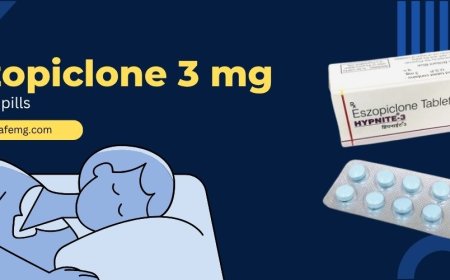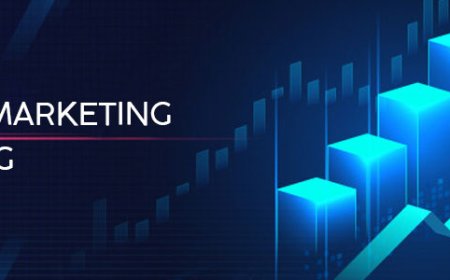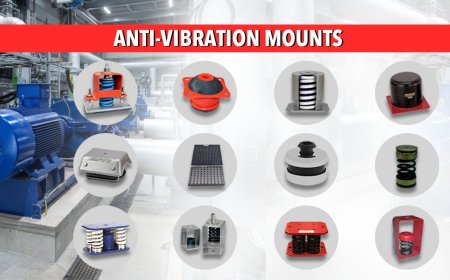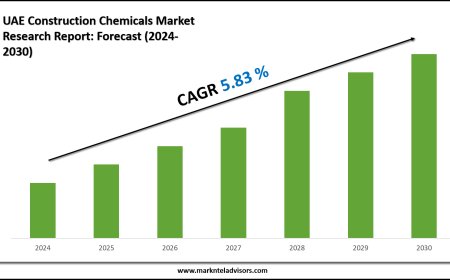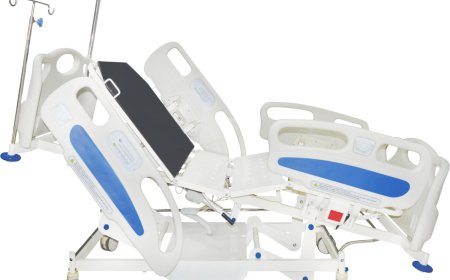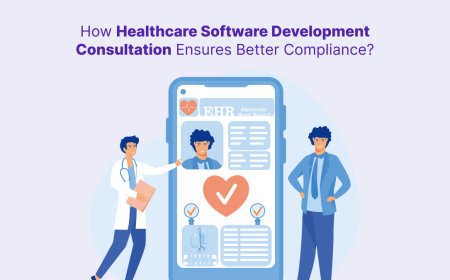From Soil to Harvest: Improving Outcomes with Crop Yield and Disease Prediction
This article explores how modern technologies like Crop Yield Prediction Software and Crop Disease Prediction tools are transforming agriculture. By leveraging data from soil analysis to harvest forecasting, farmers can make informed decisions, improve crop health, boost productivity, and reduce environmental impact.
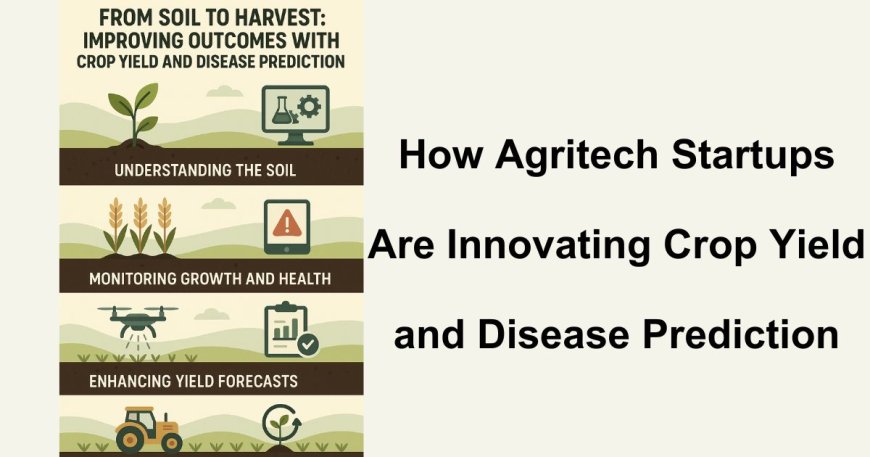
Agriculture, the backbone of human civilization, is undergoing a dramatic transformation with the advent of technology. Today, farmers are no longer solely dependent on intuition or experience to make vital decisions about planting, irrigation, or pest control. Instead, modern tools likeCrop Yield Prediction Softwareand disease forecasting systems are revolutionizing farming practices, ensuring better productivity and sustainability. By harnessing data from the soil to the final stages of harvest, these innovations are not just improving outcomesthey are redefining the future of agriculture.
The Foundation: Understanding the Soil
Every successful harvest begins with healthy soil. Traditional farming relied on generational knowledge to judge soil fertility, but this method often fell short when dealing with changing environmental conditions. Modern predictive systems now integrate soil datasuch as pH, nutrient levels, moisture, and organic contentto provide a clear picture of what crops will thrive best.
Soil sensors, satellite imagery, and IoT devices gather real-time data, enabling farmers to act proactively rather than reactively. For instance, if moisture levels drop below optimal thresholds, automated irrigation systems can be triggered. This not only conserves water but also ensures that crops receive consistent care, reducing the risk of underperformance due to environmental stress.
Planting with Precision
After evaluating the soil, the next phase in the agricultural lifecycle is crop selection and planting. Here, data plays an even more crucial role. Climate models, historical yield data, and current weather forecasts help farmers decide which crops are most likely to succeed in their specific environment.
Precision agriculture tools assist in optimizing seed placement and depth, ensuring even germination and robust growth. Drone technology further enhances this stage by surveying fields, mapping terrain, and detecting anomalies before they become problems. These practices significantly reduce waste, increase planting efficiency, and lay the groundwork for a successful growing season.
Monitoring Growth and Health
One of the most challenging aspects of farming is maintaining plant health throughout the growth cycle. Pests, diseases, and nutrient deficiencies can strike quickly, often leaving farmers with little time to respond. Here,Crop Disease Predictiontechnologies come into play.
Advanced AI models analyze vast datasetsincluding satellite images, weather patterns, and field sensor datato forecast disease outbreaks. Early warnings allow for timely intervention, whether through targeted pesticide application or biological control measures. This minimizes crop loss and ensures that interventions are efficient, cost-effective, and environmentally responsible.
Moreover, continuous monitoring systems can detect signs of stress in crops well before they are visible to the naked eye. For example, changes in leaf color or canopy temperature can indicate water stress or disease, prompting immediate action. This proactive approach helps maintain crop health and ensures that farmers are always one step ahead.
Enhancing Yield Forecasts
Accurate yield prediction is a game-changer for agricultural planning. By using historical data, real-time monitoring, and machine learning algorithms, predictive models can estimate yields with remarkable accuracy. This information is vital for various stakeholders in the agricultural value chain.
For farmers, it means better planning and resource allocation. They can determine the optimal time to harvest, arrange for storage or distribution, and plan for future crop cycles. For policymakers and agribusinesses, it offers insights into food security, supply chain logistics, and market pricing strategies.
Importantly, these predictions are not static. They are continuously refined as more data becomes available, allowing for dynamic decision-making throughout the season. For example, if a mid-season drought affects crop development, yield forecasts can be adjusted, and strategies modified accordingly.
Reducing Environmental Impact
One of the less obvious but highly significant benefits of predictive agriculture is its positive environmental impact. Efficient use of resources like water, fertilizer, and pesticides not only reduces costs for farmers but also minimizes ecological harm.
Predictive tools ensure that inputs are applied only where and when needed. This precision reduces runoff into water bodies, preserves soil health, and protects local biodiversity. Moreover, by preventing over-application of chemicals, these systems contribute to safer food production and healthier ecosystems.
Climate-smart agriculture, supported by these technologies, is essential in a world grappling with climate change. By adapting farming practices based on real-time environmental data, farmers can make their operations more resilient and sustainable in the face of shifting weather patterns.
Empowering Farmers Through Data
While technology is central to modern agriculture, the human element remains indispensable. One of the primary goals of predictive agriculture is to empower farmers with actionable insights. Easy-to-use mobile applications and cloud-based platforms now make complex data accessible even to small-scale farmers.
These tools provide timely alerts, suggest best practices, and enable knowledge sharing among farming communities. When farmers are equipped with the right information, they can make informed decisions that enhance productivity and income. This democratization of agricultural intelligence is vital for closing the gap between traditional and modern farming practices.
Looking Ahead: A Smarter Future
The integration of predictive technologies in agriculture is still evolving. Future advancements may include the use of genomics to tailor crops to specific environments, blockchain to ensure transparency in food supply chains, and augmented reality for real-time field diagnostics.
Collaborations between tech companies, agricultural researchers, and governments will be key to scaling these innovations. Investment in rural infrastructure, internet connectivity, and farmer education will further accelerate adoption.
The journey from soil to harvest is complex, but with the support of intelligent systems and predictive insights, farmers can navigate this journey with confidence. As technology continues to mature, the goal of achieving global food security becomes not just a possibilitybut a reality within reach.
Conclusion
From soil analysis to disease detection and yield forecasting, predictive technologies are reshaping every stage of the agricultural cycle. While tools like Crop Yield Prediction Software and disease forecasting systems may be used only once in a field, their impact resonates throughout the season and beyond. By embracing data-driven farming, we can enhance productivity, protect our environment, and ensure a more sustainable future for agriculture.








